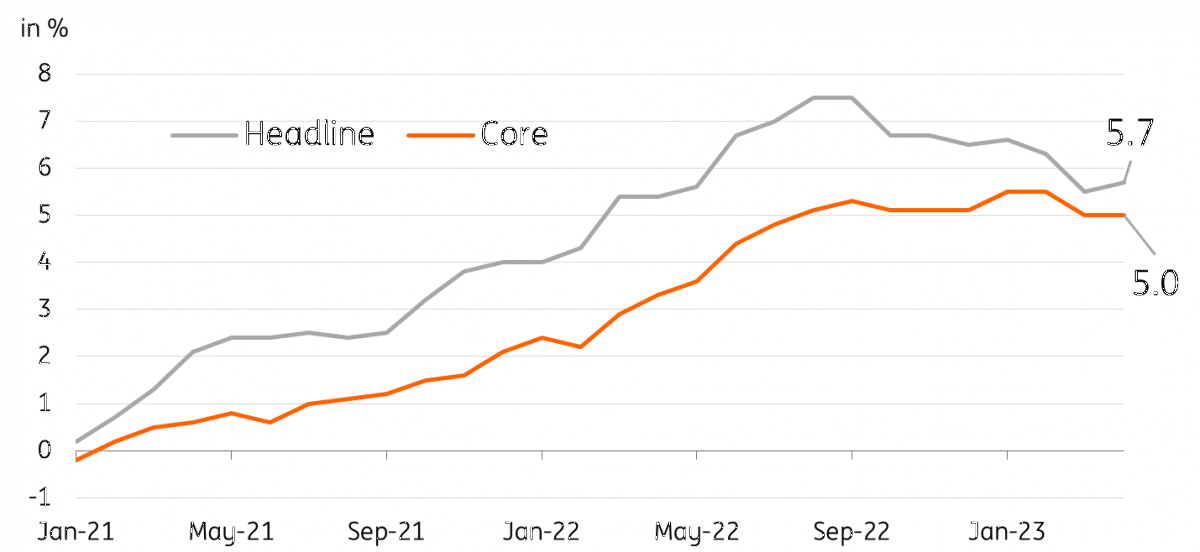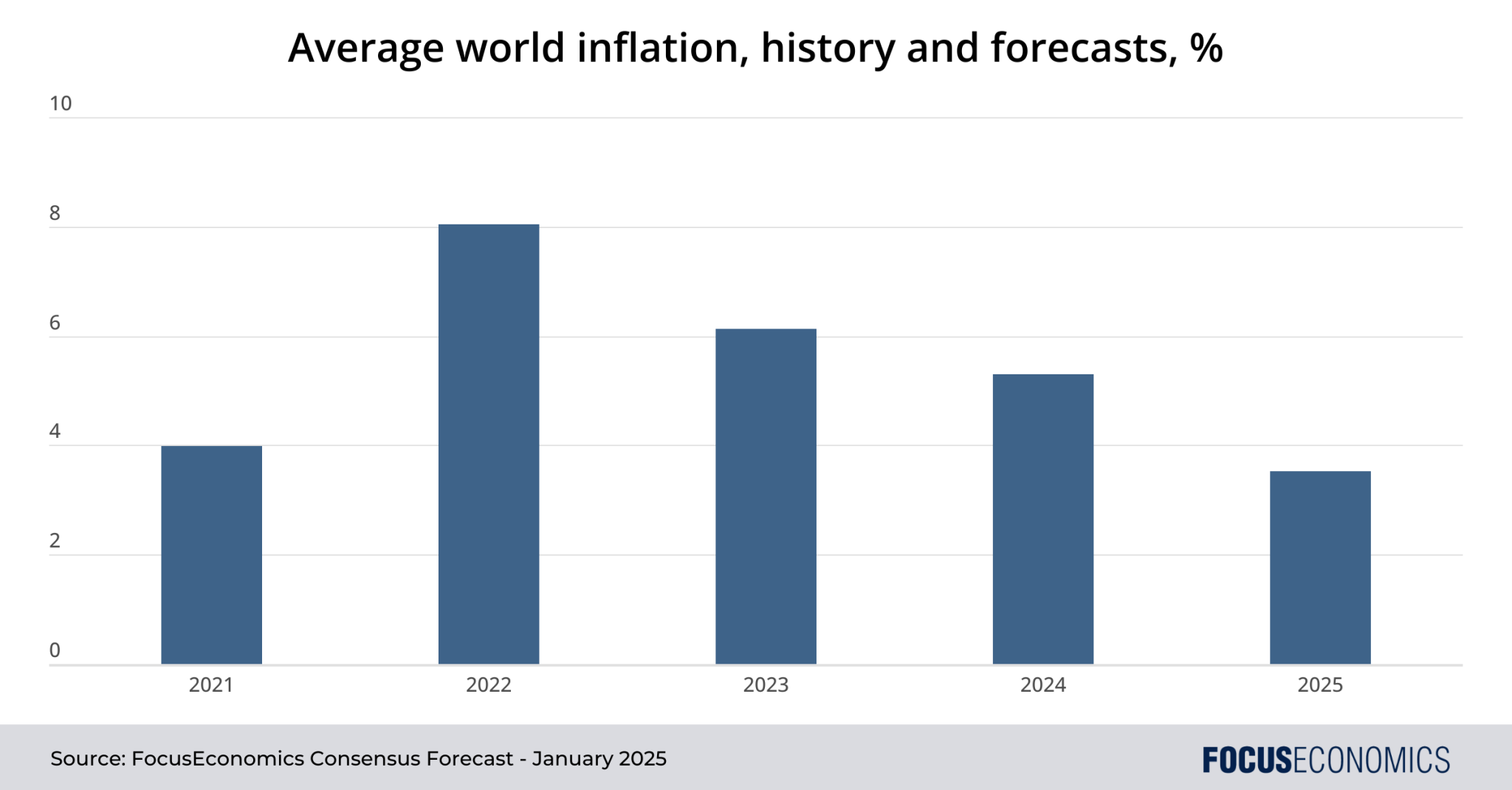
The economy is a complex and dynamic system, influenced by a multitude of factors including monetary policy, consumer behavior, and global events. One key indicator that economists and investors closely watch is the expected inflation rate, particularly over the long term. The 10-Year Expected Inflation rate, as tracked by the Federal Reserve Economic Data (FRED) from the St. Louis Fed, provides valuable insights into how market participants anticipate inflation will evolve over the next decade. This article delves into the significance of the 10-Year Expected Inflation rate, its implications for economic policy and investment decisions, and how FRED data contributes to our understanding of this critical economic metric.
What is the 10-Year Expected Inflation Rate?
The 10-Year Expected Inflation rate reflects the market's forecast of the average annual inflation rate over the next ten years. This expectation is derived from the difference between the yields on 10-year Treasury notes and 10-year Treasury Inflation-Protected Securities (TIPS). The spread between these two yields, known as the TIPS spread or the break-even inflation rate, essentially captures the market's inflation expectations. A higher spread indicates higher expected inflation, while a lower spread suggests lower expected inflation.
Importance of the 10-Year Expected Inflation Rate
Understanding the 10-Year Expected Inflation rate is crucial for several reasons:
-
Monetary Policy Decisions: Central banks, like the Federal Reserve, closely monitor inflation expectations when making monetary policy decisions. If expected inflation is too high, the Fed might increase interest rates to curb inflationary pressures. Conversely, if expected inflation is too low, the Fed might lower interest rates to stimulate economic growth.
-
Investment Decisions: Investors use expected inflation rates to make informed decisions about investments in bonds, stocks, and other assets. Higher expected inflation can make fixed-rate bonds less attractive and might lead investors to seek out inflation-indexed securities or other assets that historically perform well in inflationary environments.
-
Economic Growth and Stability: Inflation expectations can influence consumer and business spending decisions. High expected inflation can lead to increased spending now rather than later, as consumers and businesses try to avoid future price increases. On the other hand, low expected inflation can lead to delayed spending, potentially slowing economic growth.
FRED and the St. Louis Fed: A Resource for Economic Data

The Federal Reserve Bank of St. Louis's Economic Data (FRED) database is a comprehensive online resource that provides free access to a wide range of economic data, including the 10-Year Expected Inflation rate. FRED's data on expected inflation, derived from the TIPS market, offers researchers, policymakers, and investors a valuable tool for analyzing economic trends and making informed decisions. The St. Louis Fed's commitment to economic research and data dissemination supports a deeper understanding of the economy and promotes data-driven decision-making.
The 10-Year Expected Inflation rate, as reported by FRED and analyzed by the St. Louis Fed, is a vital economic indicator that reflects market expectations about future inflation. Understanding this metric is essential for monetary policy decisions, investment strategies, and evaluating the overall health of the economy. By leveraging data from FRED and insights from the St. Louis Fed, individuals can better navigate the complexities of the economy and make more informed decisions about their financial futures. As the global economy continues to evolve, the importance of monitoring and understanding the 10-Year Expected Inflation rate will only continue to grow, making resources like FRED indispensable for anyone interested in economics and finance.









